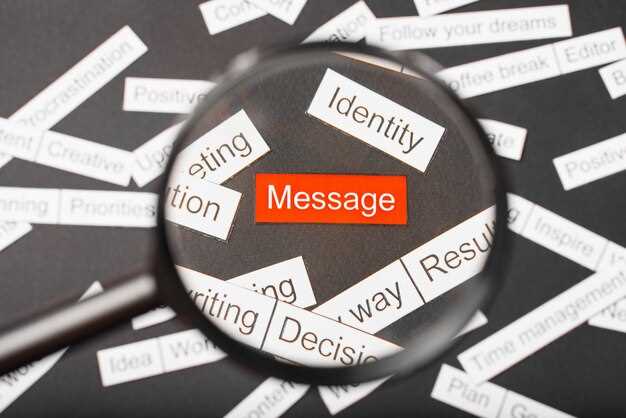Begin by naming your feelings with I messages that describe specific actions.
Template I feel [emotion] when [situation] occurs. Replace vague language with concrete descriptors. Keep it brief to preserve impact.
Practical steps Describe concrete behavior; explain impact; state a specific request that invites collaboration. Use neutral language; pause if emotion rises; rehearse in private.
Hands-on practice in daily life; role play with a trusted friend; record feedback; adjust language accordingly.
Timing matters; choose moments when emotions settle; avoid personal attacks; focus on shared goals.
Track progress Over fourteen days daily usage correlates with fewer escalations, more precise requests, quicker mutual understanding. Track pulse: interruptions, response time, clarity of requests. Log three conversations daily; note emotional charge pre-talk; track week to week changes.
What is an I Statement and when to use it in conversations
Begin with a concise template: “I feel [emotion] when [specific event]; I would like [a concrete request].” This keeps the focus on your experience without blame.
These messages center on personal impact instead of fault; they lower defenses, invite collaboration, preserve a constructive tone.
When to choose this approach: during conflicts, during feedback sessions, during boundary talks, or after a misstep.
How to craft: identify specific event; name the feeling; describe the effect; state a request.
Example 1: “I feel frustrated when meetings run late; I need a start time to plan my day.”
Example 2: “I feel overwhelmed by constant changes; I would appreciate a brief heads-up before shifts.”
Example 3: “I feel proud when tasks finish on time; I would like to share progress during a weekly update.”
Practice in private; keep language simple; avoid sarcasm; pause before replying; this buys time to reflect.
A four-step template to craft concise, non-accusatory I Statements
Step 1: State a concrete observation without labeling. Focus on a specific moment, date, or action you observed.
Step 2: Share impact using I language. Mention how this affected your work or mood, without placing blame.
Step 3: State a specific request. Use “I would like” or “I need” to guide next steps. Keep it brief, one to two sentences.
Step 4: Invite a response. Propose a path forward such as a quick check-in tomorrow or a simple reminder.
Tips for using I Statements in heated moments and how to respond to defensiveness
Pause three breaths to lower arousal; begin with a concrete impact phrase using ‘I feel’ to describe personal experience.
Avoid blaming; specify behavior, its impact, request a direct next step.
Replace vague judgments with precise details: who, what changed, why it matters.
Paced breathing reduces arousal; practice cadence: inhale 4 seconds, exhale 6 seconds; repeat 3 cycles, about 30 seconds; then resume talk in a calm tone.
If defensiveness appears, acknowledge emotion briefly: ‘I hear you are upset’.
Offer a collaborative step: propose resuming discussion after a pause or switching to a written note.
Set a follow-up check: within 24 hours, revisit topic with specific examples.
Practice tips in real settings: 10 minutes daily with a partner; use role-plays to simulate heated moments.





